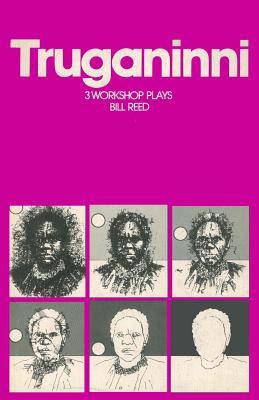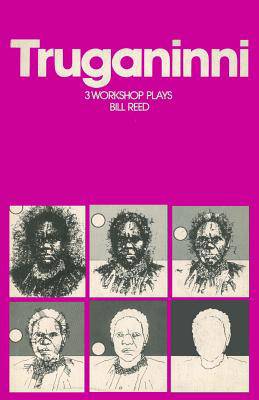
- Retrait gratuit dans votre magasin Club
- 7.000.000 titres dans notre catalogue
- Payer en toute sécurité
- Toujours un magasin près de chez vous
- Retrait gratuit dans votre magasin Club
- 7.000.0000 titres dans notre catalogue
- Payer en toute sécurité
- Toujours un magasin près de chez vous
Description
'Don't let them cut me up! Bury me behind the mountains!'Fear, violence and race prejudice are themes with which we are all sadly familiar. Bill Reed's three plays-on-a-theme, based on the life and times of Truganinni -- the supposed last Tasmanian Aborigine and, at the end, so socially visible -- develop these themes based on the dispossession and final degradation of the Tasmanian original people. In her own lifetime, Truganinni lived through the devastating years of her people's decimation and virtually sealed off her own bat the last chapter of the massacre of a unique race of people. She witnessed horrific personal and family-clan tragedy and the raw-boned racial society of the time... the killing diseases, the outright butcheries, the set-squares of despise that literally made her people prefer dying to living under the White colony. Yet Truganinni survived to become one of Hobart's most recognisable and colourful characters. She came to enjoy her 'Queen-Victorian' walks through the town's streets as much as her daily pot of ale. She was thought to be the last of her race after the reputed last male William Lanne, or King Billy, died an alcoholic and had his body mutilated in the name of science. It was little wonder she had such dread of dying and pleaded not to be carved up as he had been. For a time her well-wishers kept the promise to keep her remains safe, but within a few decades her body was officially removed from a secret grave and displayed in the Hobart Museum as a specimen alongside the skeletons of 'scientifically-interesting' animals. It was more than 125 years after her death in 1876 that her ashes were scattered on the waters of her beloved Derwent. These three plays offer very different theatrical possibilities: the first is a mime against a background of rhythmic verse; the second is a farce-melodrama; and the third is a tragedy. Either presented singularly or as a whole, they provide, among other things, an excellent vehicle for a varied and dynamic course in drama.
Spécifications
Parties prenantes
- Auteur(s) :
- Editeur:
Contenu
- Nombre de pages :
- 118
- Langue:
- Anglais
Caractéristiques
- EAN:
- 9780994280596
- Date de parution :
- 30-05-15
- Format:
- Livre broché
- Format numérique:
- Trade paperback (VS)
- Dimensions :
- 140 mm x 216 mm
- Poids :
- 145 g

Les avis
Nous publions uniquement les avis qui respectent les conditions requises. Consultez nos conditions pour les avis.






